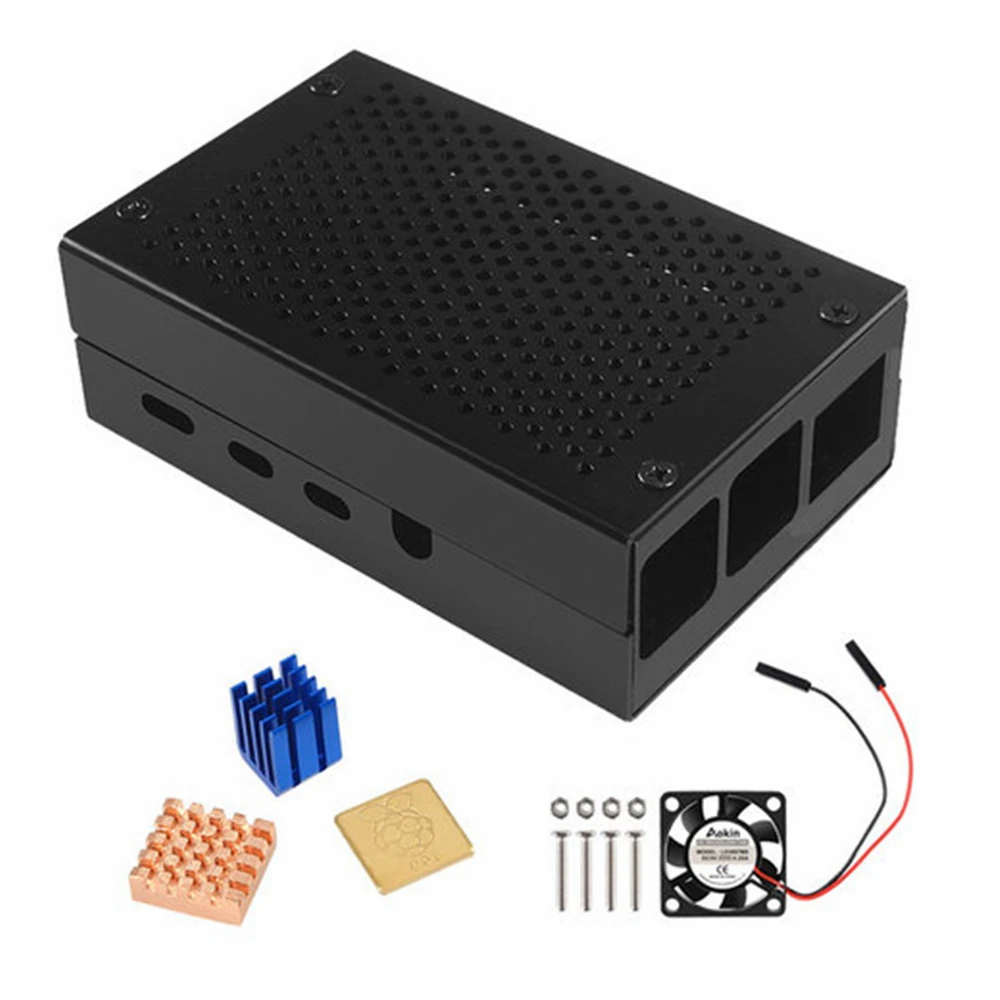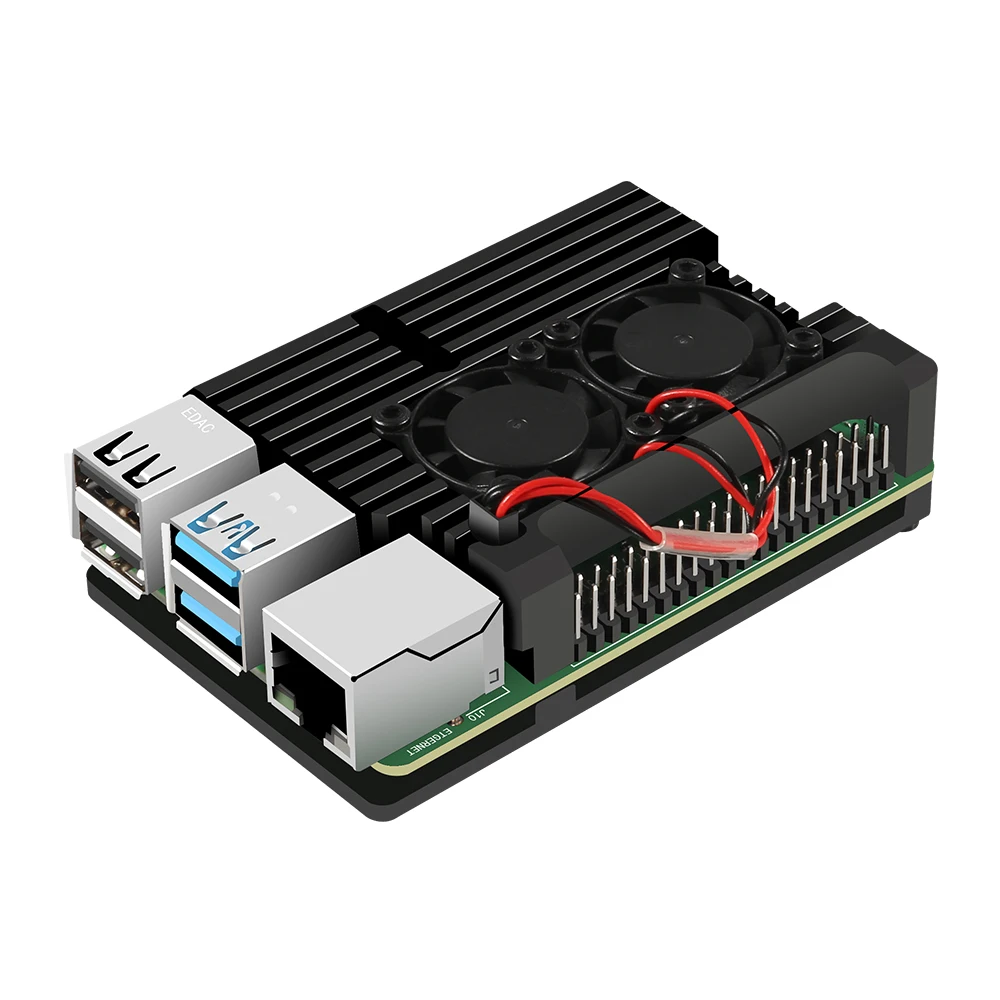In this article we show you how to overclock your Raspberry Pi 4
In fact, on newer models, you can not only turn up the Raspberry PI’s CPU speed, but also the GPU speed. You can, for example, get a Raspberry Pi 4, which defaults to 1.5 GHz CPU / 500 MHz GPU all the way up to 2.1 GHz / 750 MHz and in some cases even higher.
Before you start a cooling solution is very important as your Raspberry Pi 4 can reach very hot temperatures of about 80°C or beyond that without even overclocking.
Here are some solutions – there are fans, hetsinks and cases – I have the heatsink and the argon one – both are good solutions
In order to get the best performance, you have to update your Raspberry Pi OS. The latest version will always have some tweaks to optimize the performance.
- To get it updated open the terminal and issue the following commands one by one.
sudo apt update
sudo apt dist-upgrade
- Now reboot your system so that the Raspbian will get restarted. To do so enter this code.
sudo reboot
Check the Default Speed
Before you proceed with overclocking, just check the current base speed of the CPU. For that enter the following code in the terminal.
cat /sys/devices/system/cpu/cpu0/cpufreq/scaling_cur_freq
I saw the following
[codesyntax lang=”bash”]
600000
[/codesyntax]
This returns the speed requested by the Kernel. The terminal will most probably return a value of 600000 like what I saw and indicates that your CPU base speed is 600 MHz.
To overclock Raspberry Pi 4, you can edit the config.txt file under the core configuration settings.
We are going to set an upper limit for the clock frequency.
For this, open another terminal window and enter the below code.
sudo nano /boot/config.txt
Now scroll down to the section marked:
[codesyntax lang=”bash”]
#uncomment to overclock the arm. 700 MHz is the default. #arm_freq=800
[/codesyntax]
And change the config setting to:
[codesyntax lang=”bash”]
#uncomment to overclock the arm. 700 MHz is the default. over_voltage=2 arm_freq=1750
[/codesyntax]
Save the file with CTRL+O (press RETURN) and use CTRL+X to exit Nano. Then enter the code to restart your Pi.
[codesyntax lang=”bash”]
sudo reboot
[/codesyntax]
Once your Pi boots up, you can use the following command to check the update in action
watch -n 1 vcgencmd measure_clock arm





